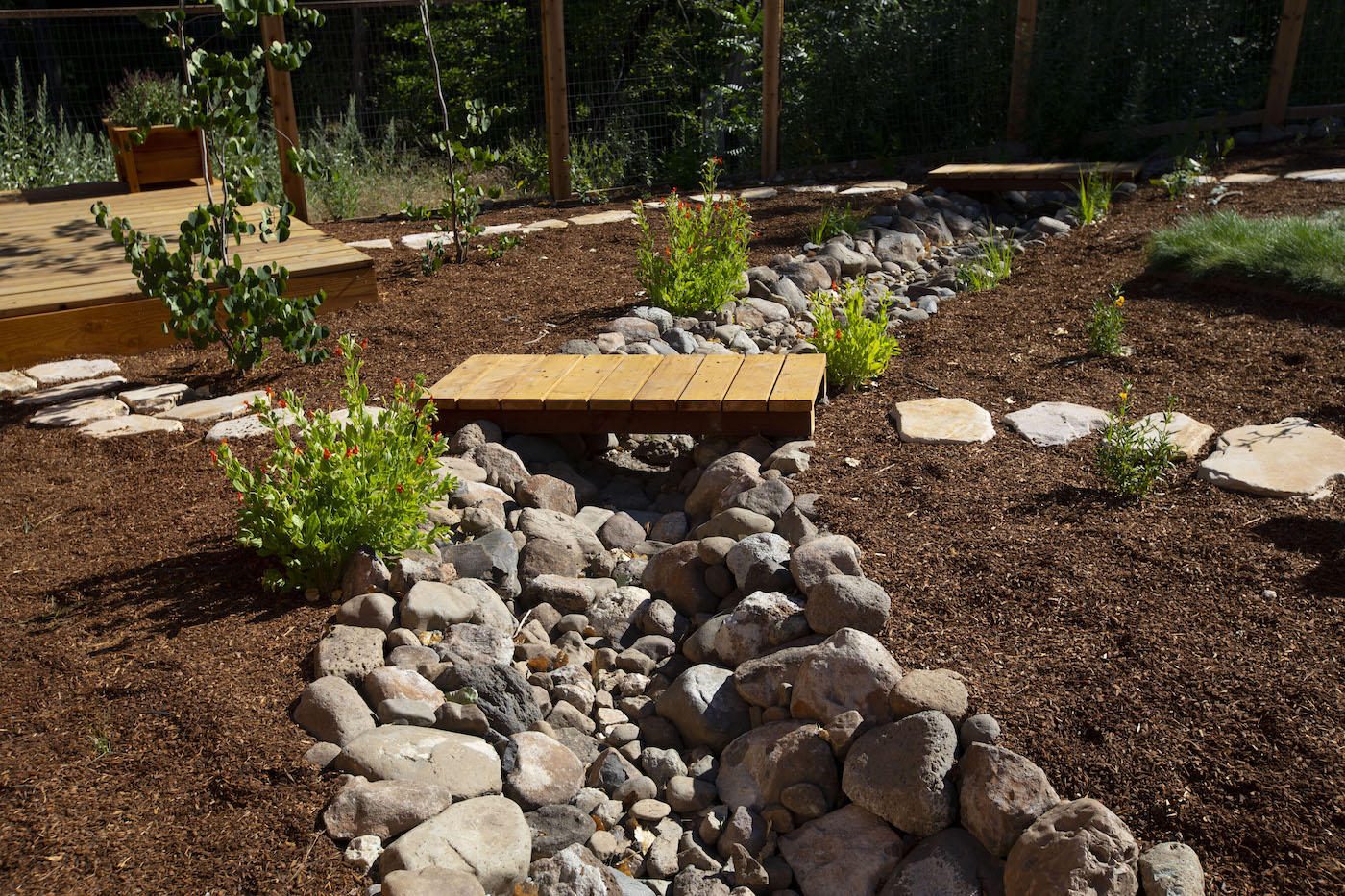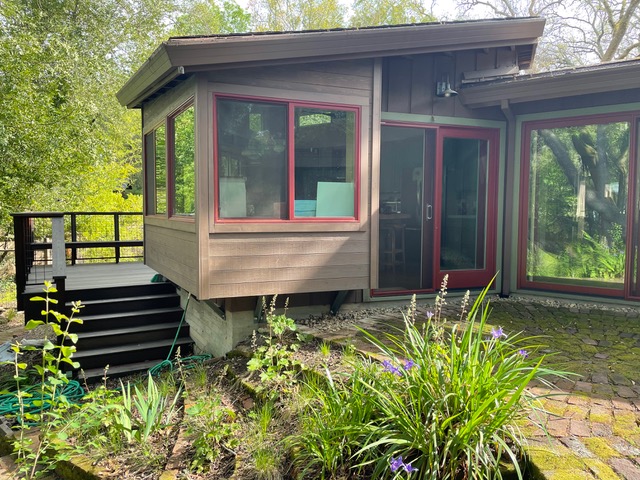An example of a local home following fire smart, water wise and wildlife friendly principles.
It is hard to believe that we’re only part way through the 2021 fire season. In years past we’ve seen smoky skies come our way as late as October or November (or not at all) but with the realities of an unprecedented dry year, we are already two months from the Dixie Fire. It’s becoming reasonable to expect that the West’s fire season will last for as long as the landscape is dry—and this year has been a dry one. As fires rage across California, with the Dixie Fire and Caldor Fire the first and second fires in recorded history to cross the Sierra Crest we are all too aware that once again we are experiencing a record year for wildfire and a rapidly evolving fire ecology in the West.
While we hold the communities impacted by the Dixie Fire and Caldor Fires in our hearts, Sonoma Valley remains free of the worst impacts of this year’s fire season for the time being (besides those intermittent smoky skies).
Right now is a great time to prepare homes for hardening in the case of more extreme conditions. What can you do now to protect your home and our community from wildfire, while tending our biodiverse, fire-adapted ecosystems?
There is a range of options available to Sonoma County residents to maintain safer boundaries with potential wildfire. The first priority includes home hardening, making alterations to your home to prevent flaming embers or other debris from igniting it. Learn more here. The next priority is managing the 5’ perimeter immediately adjacent to the home and outbuildings, removing anything flammable, creating an “ember resistant zone” Alterations outside the 0-5’ ember resistant zone include light vegetation pruning or removal, and planting a biodiverse native plant garden that is not only drought-resistant but also a home for pollinators and other wildlife. These are changes available to everyone to make.
Sonoma Ecology Center offers a variety of resources and scientifically-backed recommendations for reducing fire risk to your property. One of the most eye-catching options is reimagining your home landscape to be both supportive to our native pollinators and adapted to our drier summers, and SEC can help you design and install such a garden. Sustainable design and practices not only will keep your landscape healthy but will also make it less prone to ignition. Learn more about how to create fire-wise landscape and defensible zone around your home.
Creating fuel breaks around the home is a cost-effective way to create property less likely to be affected by the impacts of wildfire. Through the process of pruning and mindful landscape design and planting, you can provide space in-between and around plant groupings and trees to protect your home and prevent the spread of fire. Here you will find further information on slope adjustments, fuel ladders, and sustainable landscape design.
While clearing out as much vegetation and brush as possible may feel pressing during fire season, we discourage that approach, and urge all Sonoma Valley residents to remember that a defensible space should not be barren, opting instead to create a space that is biodiverse and drought-tolerant. It’s important to remember that though the lush vegetation around waterways may seem thick and ripe with potential for clearing, that the delicate creeks, streams, gullies, and drainages in Sonoma Valley are essential to our local ecology and must be protected and cared for.

Curious about what actions in fire resilience might be right for you? Learn what steps you can take to create defensible space and build biodiversity around your home by visiting the Resilient Landscapes Coalition website, where you can find a host of helpful tools and advice to take actionable steps now to help you safely through this dry season.
Want help from the SEC Restoration team in planning a beautiful and fire-resilient landscape? Learn more about the land services we offer.

